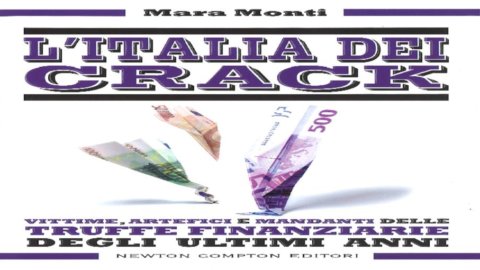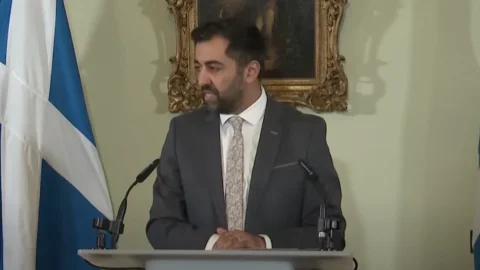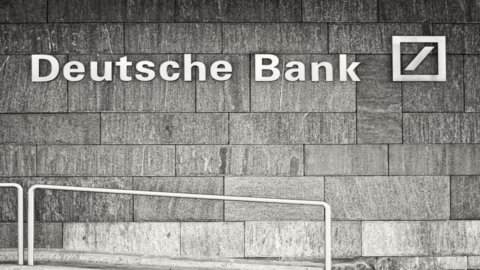Rigged budgets, suspicious investments, murky tangles between politics and finance, even a suicide with strange outlines: this is the parable of Parmalat, the empire founded by Calisto Tanzi, from multinational milk company to the most sensational bankruptcy in the history of Italy and of Post-war Europe. A parallel story to that of Sergio Cragnotti and Cirio with his network of companies in exotic tax havens, far from prying eyes, where for years he hid the money raised by savers. Cirio and Parmalat represented the spearhead of the Italian food sector: together they collapsed, like sand castles, under the weight of stratospheric debts.
Ironically, for both, a few months later, a judge issued a sentence: the Court of Parma sentenced Tanzi to 18 years for the 14,5 billion euro bankruptcy of Parmalat. Now the former patron is serving the final 8-year sentence in prison for the crime of insider trading. Sergio Cragnotti was also sentenced to 9 years in the first instance by the Court of Rome, for the 1,2 billion Cirio crack.
This book wants to reconstruct the milestones of the scandals, revealing mysteries and background as they appear after the sentences at the end of long trials involving thousands of savers were burnt by investment choices deemed safe, but which were not at all: 150.000 in the Parmalat crack and 35.000 for Cirio. Not since the Ambrosiano crack and the Banco di Napoli have we seen such instabilities. Numbers that add up to the 300.000 Italians defrauded by Argentine bonds and which, together with the other cases addressed in this book, lead to more than half a million crack victims: from bonds sold as safe and become waste paper, to the reckless derivatives of Italease, to the dot.com of the new economy of the 2000s.
Through these cases we retrace the stories of the malfunctioning of the Italian financial system, the intertwining with the banks, the too loose controls, the conflicts of interest of the auditors, mayors and councilors: victims and principals have changed over the years, but in the end the result is always that of unloading the difficulties of companies on savers. This book tries to understand how these vicissitudes ended up and how much was recovered.
Finance runs fast and having made the law, there is deception. The times of justice, on the other hand, are biblical and, when it is possible to convict bankrupts and fraudsters, the judges reach a first objective after many years, always undermined by the risk of the prescription. Savers have no choice but to try to obtain compensation by appearing as a civil party in criminal proceedings or by filing a civil suit. How much has been recovered so far? It is estimated that out of nine billion lost in scams, only two have been compensated, another seven have been volatilised. Scammers thank you.





